Sales Hotline:027-63492729
 切换网页为中文
切换网页为中文
 切换网页为中文
切换网页为中文
Company news
current location: Home page > Company news
the frontier of technology --- Introduction to common optical fiber connectors
2023-03-05
I. Introduction
With the rapid development of science and technology, optical fiber communication has become the mainstream mode of modern communication. Its high efficiency, large capacity and anti-interference characteristics make it widely used in telecommunications, networks, data centers and other fields. In fiber optic communication, the type of fiber optic interface plays a crucial role, which determines the transmission rate of information, the transmission distance, and the compatibility of the system. This topic describes several common types of fiber optic interfaces in detail.
2. Common types of optical fiber interfaces
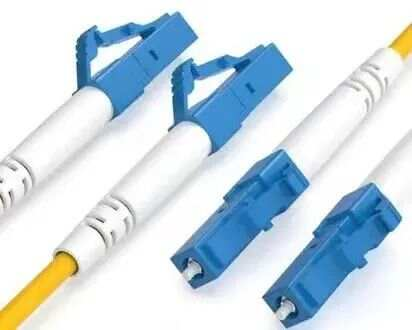
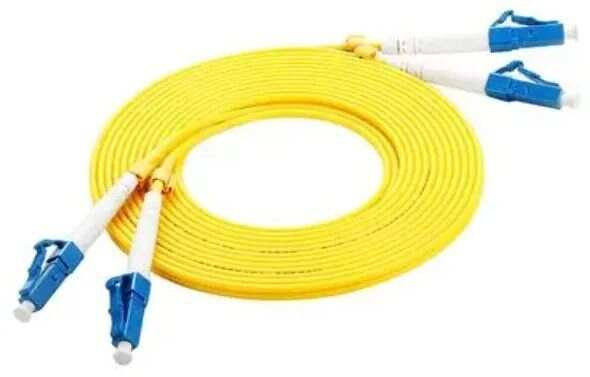
The LC interface, also known as Lucent Connector, is an optical fiber interface used in Ethernet switches. The LC interface is developed using an easy-to-use modular jack (RJ) latching mechanism. This interface has the characteristics of high density, high speed, high reliability, and miniaturization, and is very widely used.
2. SC interface (large square head)
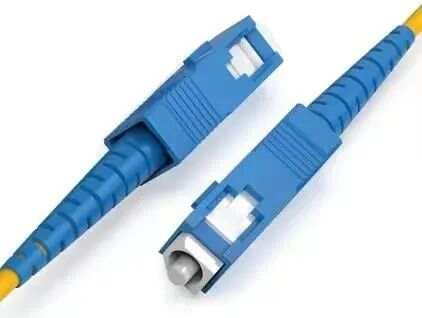

3. ST interface
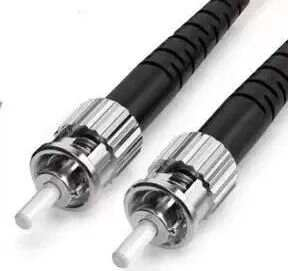

4. FC interface (large round head)

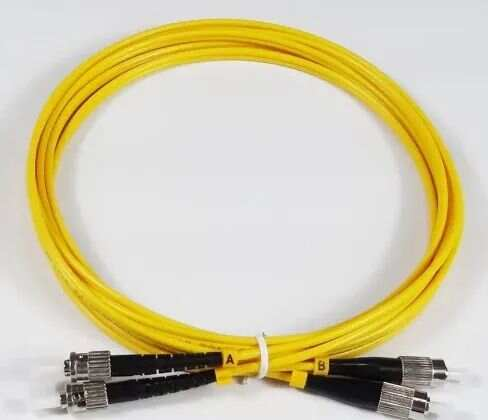
Return
Address: Room 221/222, Floor 02, Changjiang communication standard plant, No. 2, Wenhua Road, Guandong Industrial Park, East Lake Development Zone, Wuhan,Hubei Province,P.R.China Tel: 027-63492729
Copyright © Originality Information and Technology Company Limited. Hubei ICP: 2022008426
Copyright © Originality Information and Technology Company Limited. Hubei ICP: 2022008426
